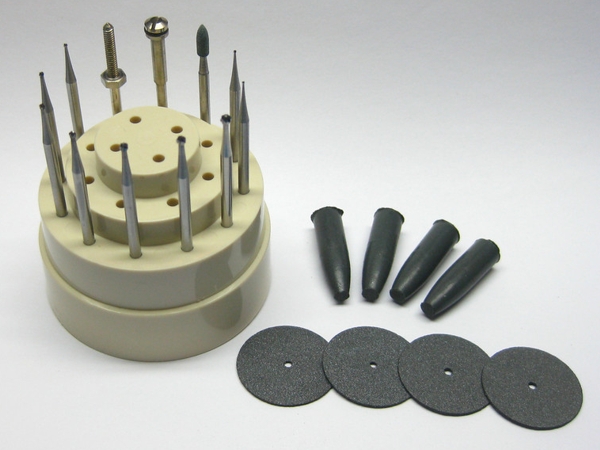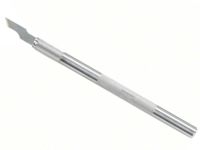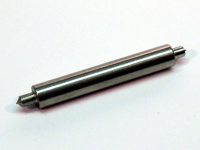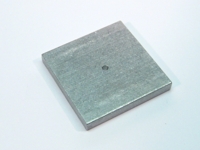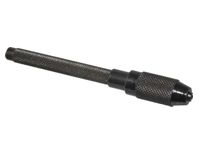|
Outline
This procedure covers the use of an eyelet for the repair of a damaged land on a plated hole that has an inner layer connection.
|
||||||||||||||||||||||||||||||||||||||
|
Procedure
Eyelet Selection Criteria
Evaluation
|
||||||||||||||||||||||||||||||||||||||
Images and Figures
Plated Hole Repair, Double Wall Method

Figure 1. Insert the eyelet into the hole.

Figure 2. Completed repair.
|
||||||||||||||||||||||||||||||||||||||
5.2 Plated Hole Repair, Double Wall Method
Procedure to repair damaged plated holes that have an inner inner layer connection on circuit board assemblies.
Minimum Skill Level: Advanced
Conformance Level: Medium
REQUEST FOR QUOTE GUIDES INDEX

Plated Hole Repair, Double Wall Method

Insert the eyelet into the hole.

Completed repair.
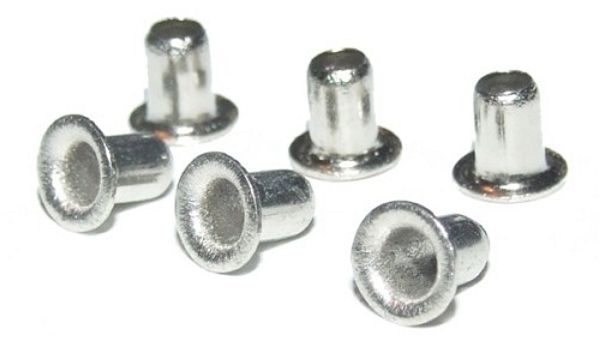
Eyelets are the most common way to repair plated holes conformint to IPC guidelines.
LEARN MORE
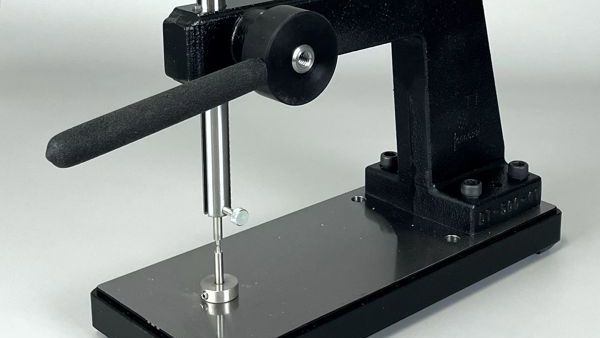
This rugged, heavy-duty press precisely forms eyelets for repair or assembly, ensuring the eyelets meet industry guidelines.
LEARN MORE
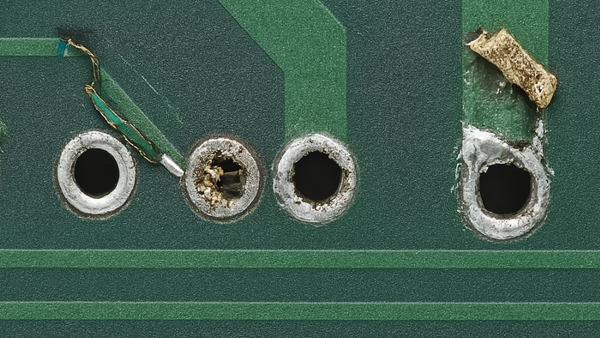
We're here to help restore damaged circuitry and plated holes following IPC guidelines.
LEARN MORE
SLIDESHOW STARTING
❮
❯

